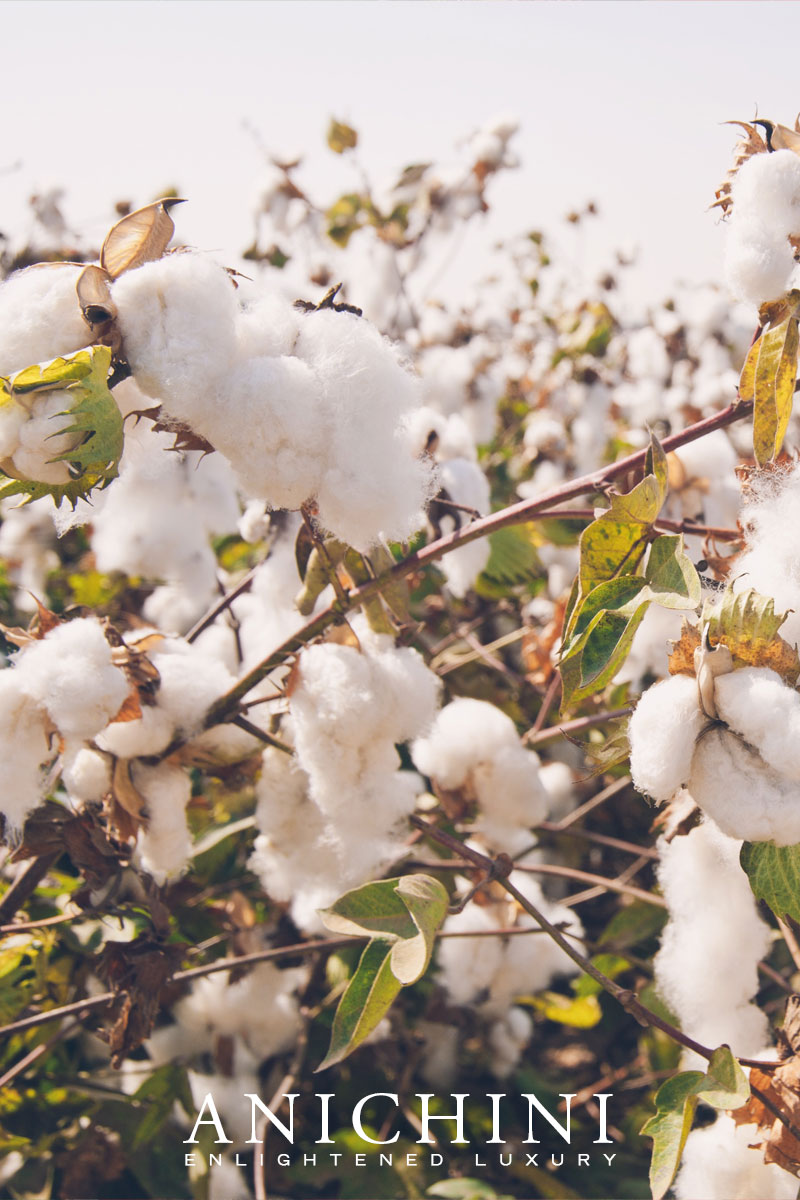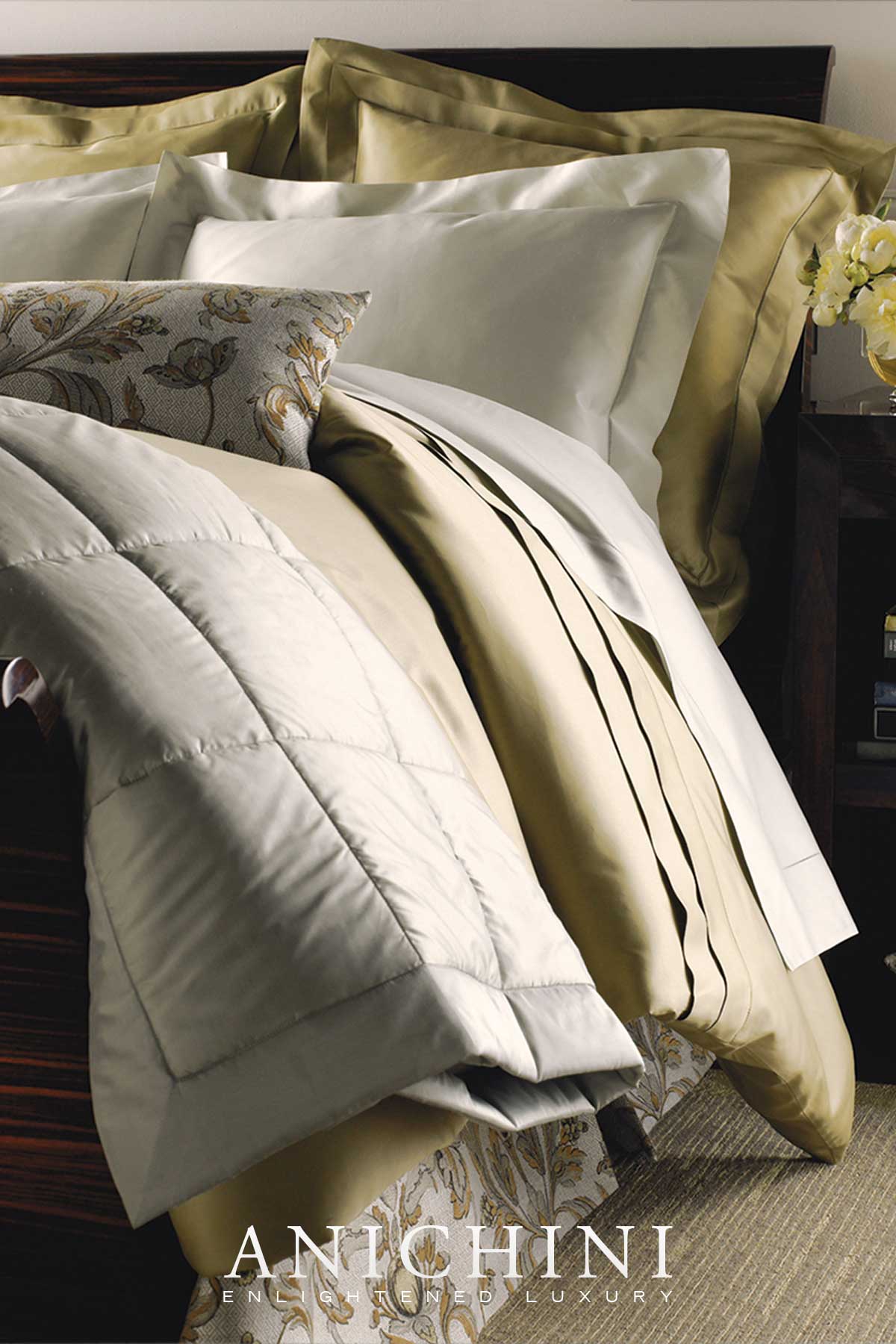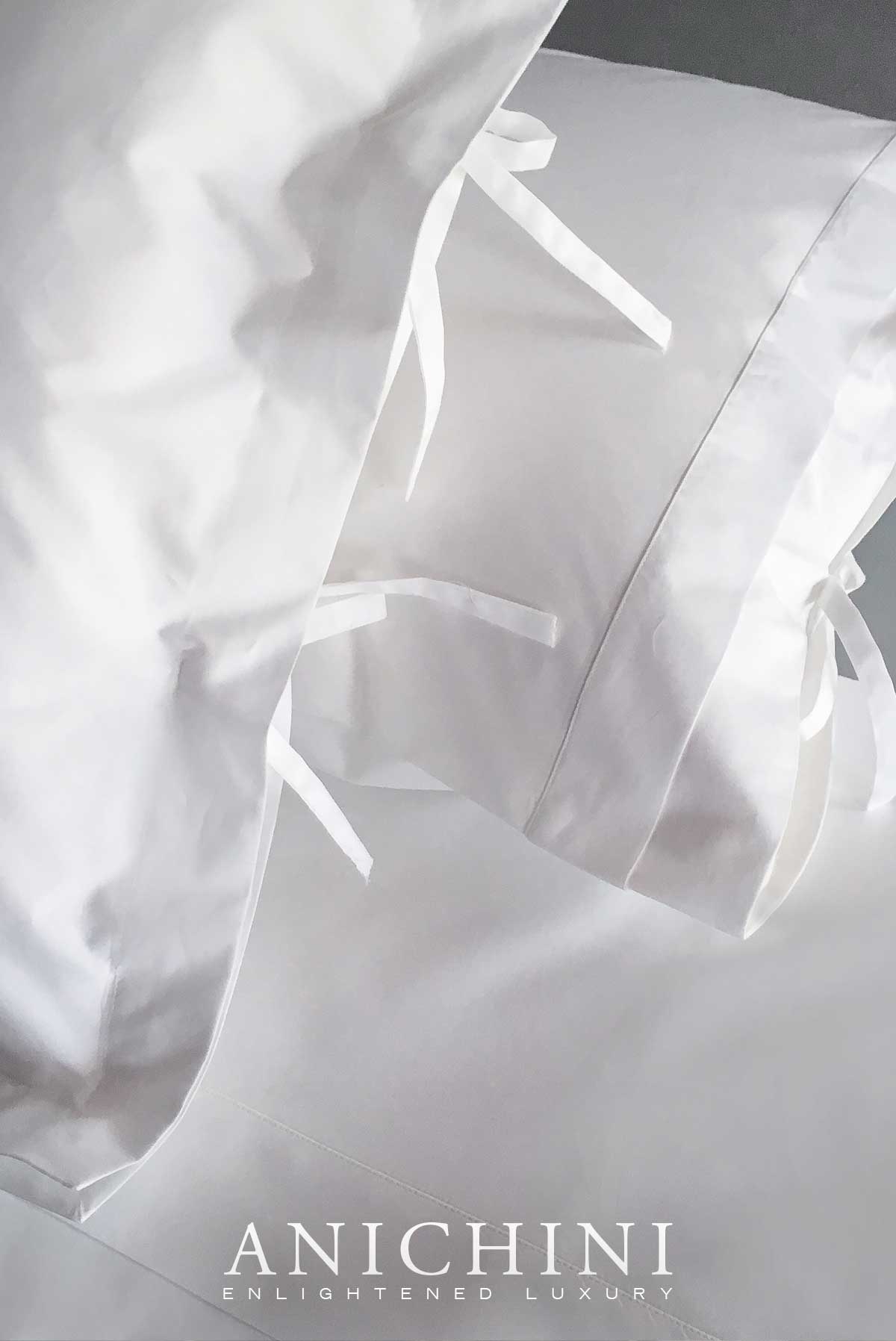
A Word On Egyptian Cotton & Thread Count From Founder, Susan Dollenmaier
We are often asked if we weave our products with Egyptian cotton. The words “Egyptian cotton” are associated in the mainstream with the “best of the best”. And this can be the case.
The truth is that what truly determines if cotton is the “best of the best” is if it is extra long staple cotton, sometimes referred to as ELS. Egyptian cotton is a “brand” of extra long staple cotton.

The truth is that what truly determines if cotton is the “best of the best” is if it is extra long staple cotton
Often times, people use the words “Egyptian Cotton” to describe a product woven with ELS when often it is not. It is part marketing/part truth, much like saying “French Wine”. We know the French make outstanding wine, but they are not the only country to do so.
There are other long staple cottons produced outside of Egypt, such as Sea Island and Pima and Supima. In addition, there are long staple cottons available with no brand or trade name attached. Not all cotton grown in Egypt is ELS. Just as the French are capable of marketing an inferior wine, the same holds true for cotton.
Following please find the official description of the plant producing ELS:
Gossypium barbadense, also known as extra-long staple (ELS) cotton, is a species of cotton plant that has been cultivated to have ELS fibres – fibres longer than 3.4 centimeters (1.34 inches) – which are associated with high quality cotton cloth.

Premium sheeting should be produced with extra long staple cotton no matter the thread count.
The thread count is another story altogether. Thread count refers to threads per square inch. It was originally developed as a way to distinguish between percale and muslin. Anything over 180 TC was considered percale. Anything less, was considered muslin.
Europeans never used the thread count system. They used grams per square meter. But the American marketplace has been brain washed into asking for thread counts, so the Europeans devised a way to answer their question which was never meant to be applied to sateens and jacquards.

The thread count, has nothing to do with the staple length. Premium sheeting should be produced with ELS cotton no matter the thread count. The hand and durability will be better. It is possible to have a low thread count sheet woven with long staple cotton that is not only acceptable, but preferred by some, such as a crisp percale or voile.
All cotton sheeting produced by Anichini utilizes long staple cotton.
It is also important to know that long staple cotton will not pill on the surface of sheeting like short staple. The long fibers are more or less “locked down” in the weaving. They will not stick up, as short fibers will, to produce pilling when abraded. In many cases, it is not possible to know exactly where the cotton was grown. It is graded and sold through brokers to mills.

All cotton sheeting produced by Anichini utilizes long staple cotton. You should purchase sheeting from a reputable company but also learn to touch and feel the fabric. Back to the wine analogy, it is a learned experience to differentiate one wine from another.
Click Here To Learn More About Thread Count
DO YOU HAVE A QUESTION ON COTTON?
ASK ME IN THE COMMENT SECTION BELOW.

Hmmm, in the last photo of the white bedding items, those appear to be little “ties”. Are those ties for the interior of a pillowcase? That would be a good idea. . .
While going through your various categories of sheets, I noted it states that “Unlike many other companies, at ANICHINI we still produce all our sheeting in Italy from the finest Egyptian cotton available.” I read the article above concerning the truth about Egyptian cotton and found it very interesting. So my question is are all your sheets–your 100% cotton sheets Egyptian cotton? I noted some say 100% cotton and some are 100% Egyptian cotton percale or sateen. I personally love Anichini bed linens so I have personally no problem with the quality of your product– it is beautiful and it feels great. But I wanted to clear up a confusion and was hoping you can clarify this for me.
Thank you very much.
Sincerely,
Deidre
Can you tell me if the lower thread count on your percale sheets need ironing after washing?